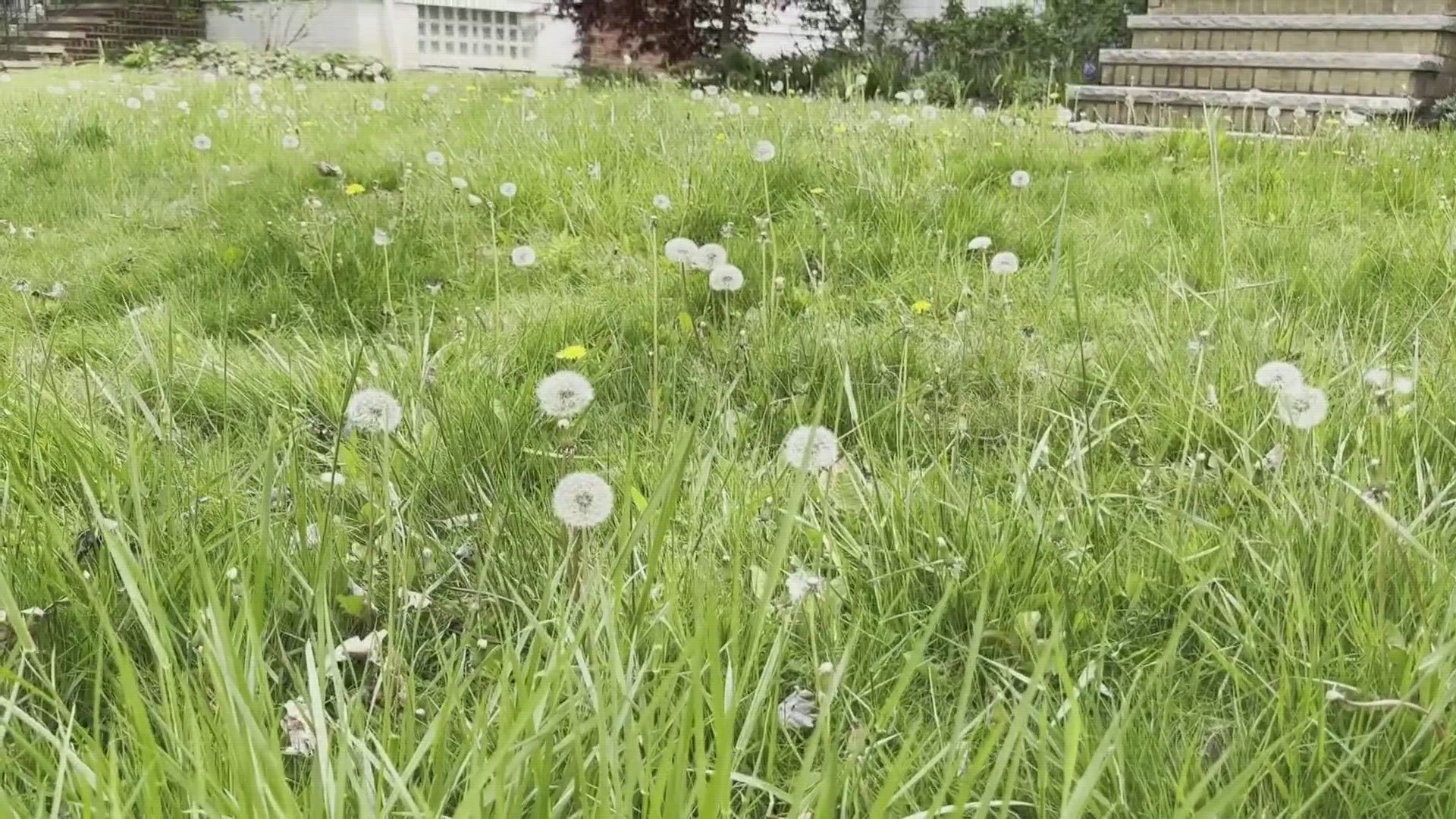COLUMBUS, Ohio — Spring is here along with warmer temperatures, which means more time being spent outside maintaining the lawn.
Some, however, are opting out of lawn care this month and participating in what is called, “No Mow May."
The idea of “No Mow May” was first coined in the United Kingdom and has since gained popularity across the United States.
The goal of No Mow May is to pause mowing during the month of May, allowing flowers to bloom in your lawn to help early-season pollinators. It is during the late winter and early spring months when food resources are often limited.
Others claim not mowing in May will also save you money, water and help limit both noise and air pollution.
Lawns cover roughly 40 million acres, or 2% of land in the U.S. This number may seem low, but lawns are the largest irrigated crop we grow.
Mike Hogan, who is an educator of agriculture and natural resources at Ohio State University Extension, said that No Mow May has good intentions and objectives, but the execution doesn’t work well for most places.
“Here in central Ohio, it is really difficult to manage turf without mowing it for a whole month in May and expecting that turf to return in June and in subsequent months,” Hogan said.
Native non-grass species like clover and viola seeds are good options because you can maintain them without letting your lawn go all month without being mowed.
There are other options for those that would like to keep their green spaces clean, such as creating pollinator spaces.
“Spaces for pollinator plants don’t have to be large when we think about residential lawn," Hogan said.
Dedicating a pollinator patch in your yard or a strip along the perimeter of your property will help the pollinators.
Hogan said you can help the pollinators out simply by planting small native plants and flowers in small containers with perennial flowering plants if you don’t want to mess with your current landscape.
There are many ways you can help the pollinators as most of the plants we depend on for food are not self-pollinating.
“Three out of every four bites of food we eat were pollinated by some sort of insect or animal," Hogan said.
Hogan said another example of this would be if you went to the grocery store and look at the produce items if we didn’t have pollinators that three of the four vegetables would be missing.
Even with urbanization and development, creating pollinator pathways is crucial for the environment to ensure that we are helping the pollinator community now and in the future.

